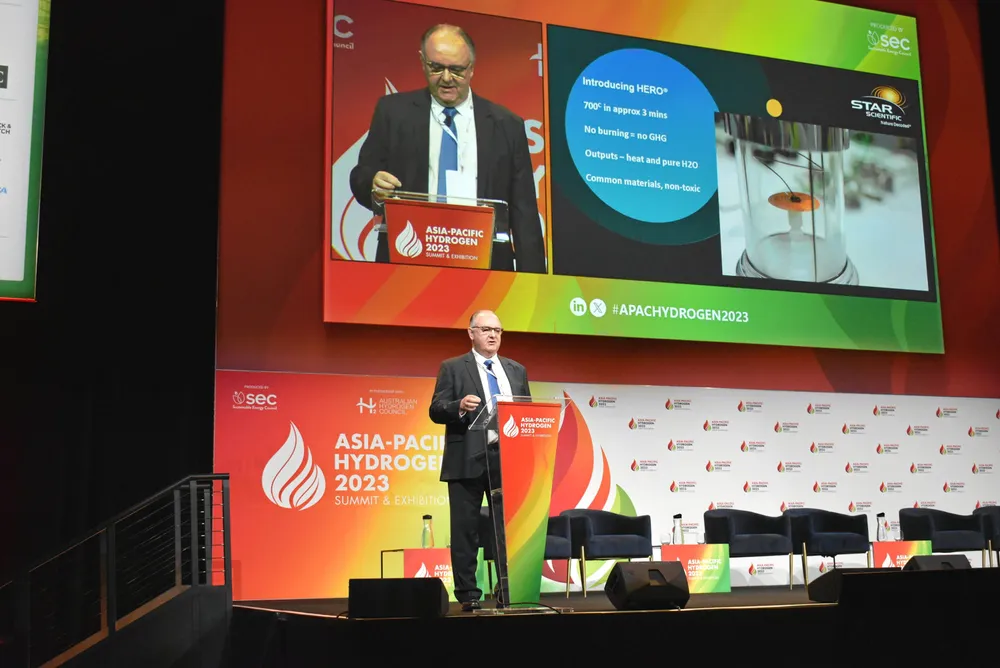'Profound breakthrough' | New technology generates steady high-temperature heat from hydrogen without combustion or fuel cells
Star Scientific’s Hydrogen Energy Release Optimizer (Hero) contains a patented catalyst that converts H2 and oxygen into heat and pure water
